Table of Contents
The UNESCO Sites in Colombia have resulted from the recognition of 9 cultural and natural landmarks as UNESCO World Heritage Sites in Colombia and 11 locations on the Colombia UNESCO tentative list. These touristic sites in Colombia are acknowledged for their unique and valuable cultural, natural, artistic, and historic significance, and are preserved for future generations to enjoy.
In addition to these 9 sites in the Colombia UNESCO list, there are many other places to travel to Colombia that are being considered for UNESCO recognition. These sites, listed on the tentative list, showcase the rich cultural heritage of the country and are waiting for approval to join the prestigious and famous World Heritage Sites list.
To help visitors discover these remarkable Colombia tourist attractions, we have put together an interactive map of the UNESCO sites in Colombia.
Colombia UNESCO Map
Click markers to show information and photo.
World Heritage Sites in Colombia
UNESCO World Heritage Sites in Colombia
There are 9 UNESCO World Heritage Sites in Colombia. All of these three sites are listed under the Cultural category.
- Coffee Cultural Landscape of Colombia
- Historic Centre of Santa Cruz de Mompox
- National Archeological Park of Tierradentro
- Port, Fortresses and Group of Monuments, Cartagena
- Qhapaq Ñan, Andean Road System
- San Agustín Archaeological Park
- Los Katíos National Park
- Malpelo Fauna and Flora Sanctuary
- Chiribiquete National Park – “The Maloca of the Jaguar”
UNESCO World Heritage Sites in Colombia are protected locations for their cultural and natural importance.
Coffee Cultural Landscape of Colombia
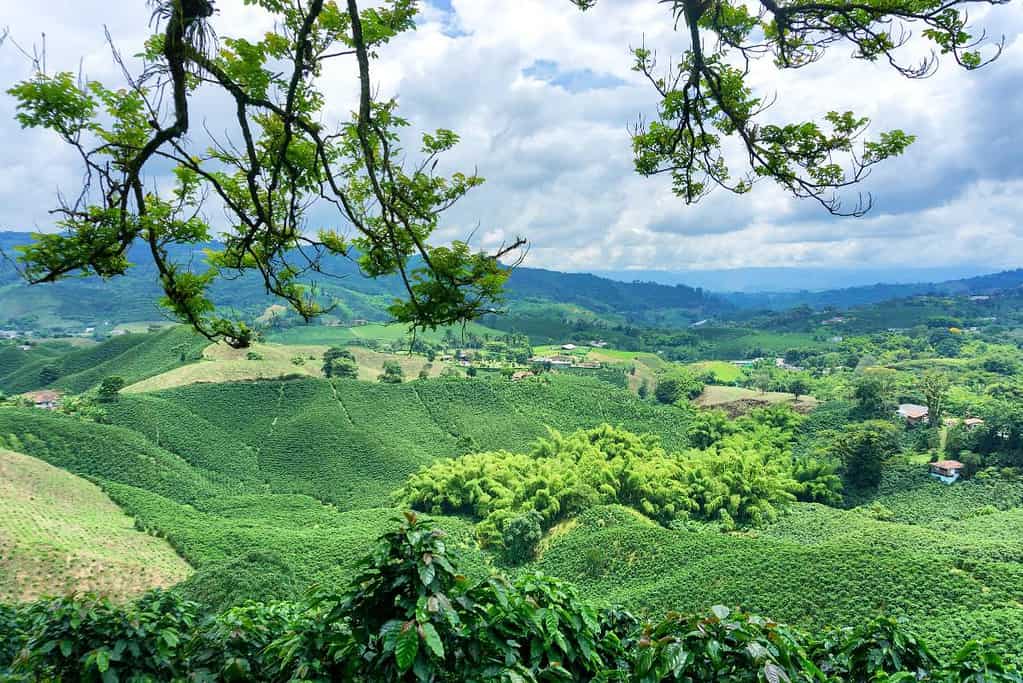
The Coffee Cultural Landscape of Colombia is a UNESCO World Heritage site located in the central Andean region of Colombia. It is a vast area that encompasses six departments (states) and is home to thousands of coffee farms that produce some of the world’s finest coffee. The site includes not only the coffee farms themselves but also the surrounding landscape, which is characterized by steep hills, lush vegetation, and a unique network of traditional settlements and transportation systems. The Coffee Cultural Landscape of Colombia is not only a testament to the country’s long history of coffee production but also a symbol of the deep cultural and social significance of coffee in Colombia. It is a must-visit destination for anyone interested in coffee, cultural heritage, and stunning natural scenery.
Historic Centre of Santa Cruz de Mompox
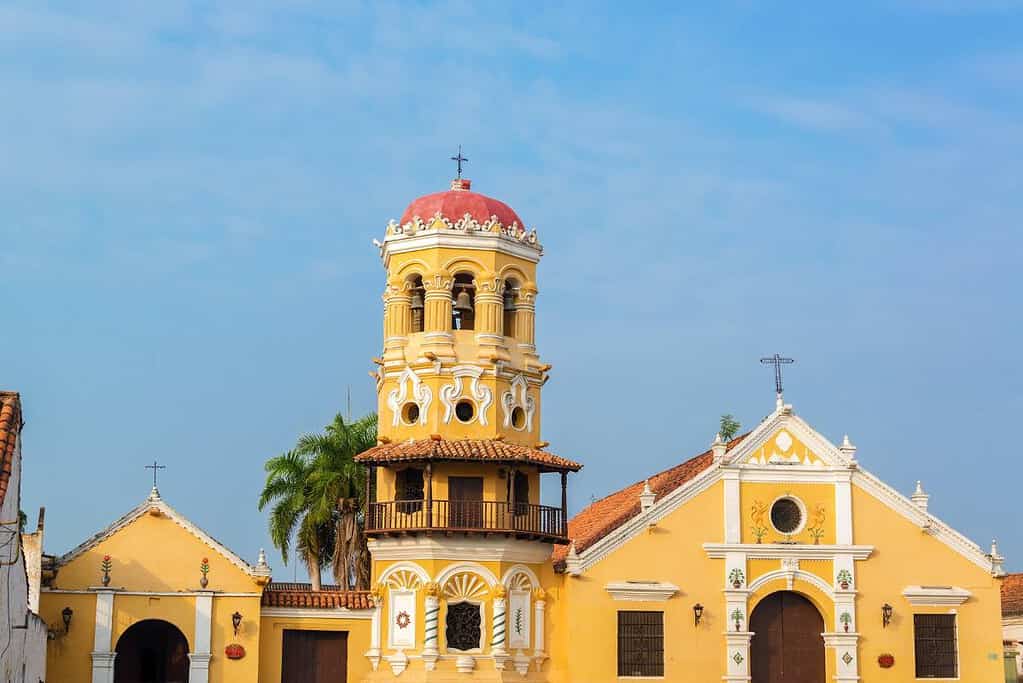
The Historic Centre of Santa Cruz de Mompox is a UNESCO World Heritage site located in the Bolívar Department of Colombia. The site is known for its well-preserved colonial architecture and historic landmarks, including the Santa Bárbara Church, San Francisco Church, and Santo Domingo Church. The town was a major center of trade during the colonial era and played an important role in the spread of Christianity throughout South America. Visitors can explore the winding streets, admire the colorful buildings, and immerse themselves in the rich history and culture of this charming town.
National Archeological Park of Tierradentro
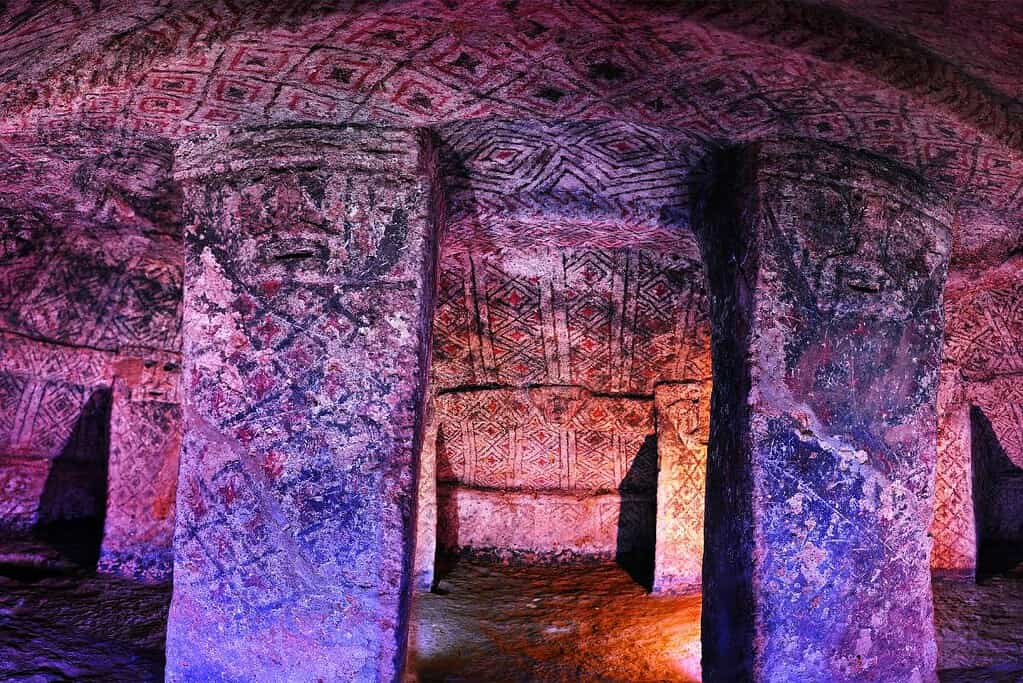
The National Archeological Park of Tierradentro is a UNESCO World Heritage Site located in the Cauca department of Colombia. The park is known for its underground tombs, built by the Pre-Columbian culture of the Andes region between the 6th and 10th centuries. The tombs are decorated with intricate geometric and figurative designs and are a unique example of ancient funerary art. The park also includes several ceremonial sites and other structures that provide insight into the people’s culture and beliefs in the region. The National Archeological Park of Tierradentro is a must-visit destination for anyone interested in ancient art and architecture.
Port, Fortresses and Group of Monuments, Cartagena
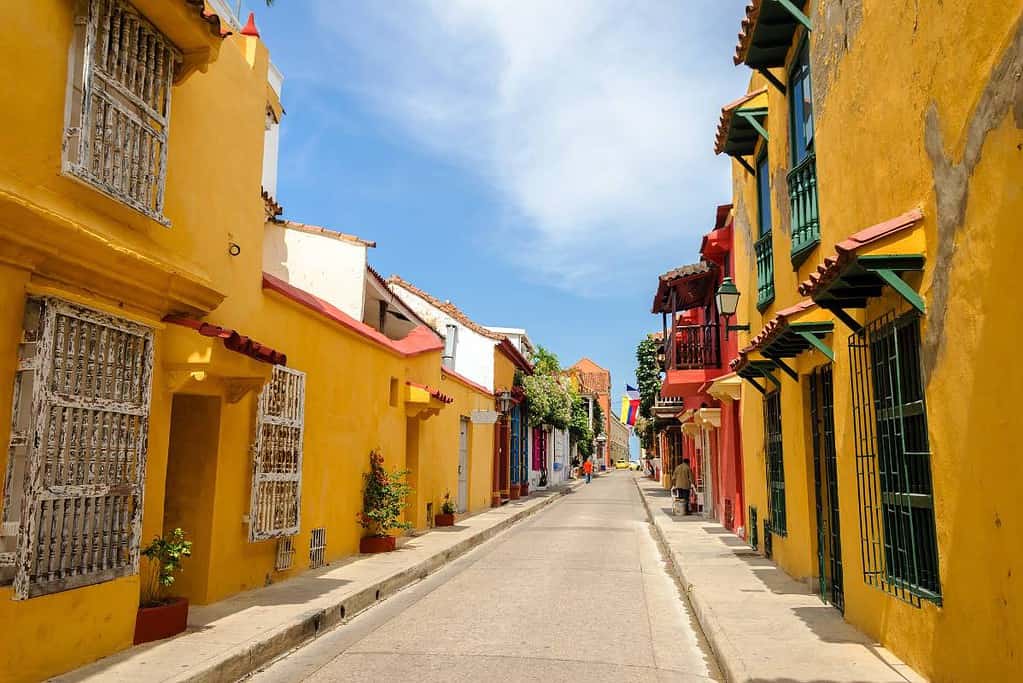
The Port, Fortresses, and Group of Monuments in Cartagena is a UNESCO World Heritage Site in Cartagena, Colombia. The site includes a group of well-preserved fortresses, churches, and other buildings reflecting Spanish colonial architecture and influence in the region. The fortifications were built in the 16th century to protect the city from pirate attacks, and the site has since become a symbol of the Spanish colonial legacy in the Americas. The site is also known for its stunning views of the Caribbean Sea and the city’s historic district.
Qhapaq Ñan, Andean Road System
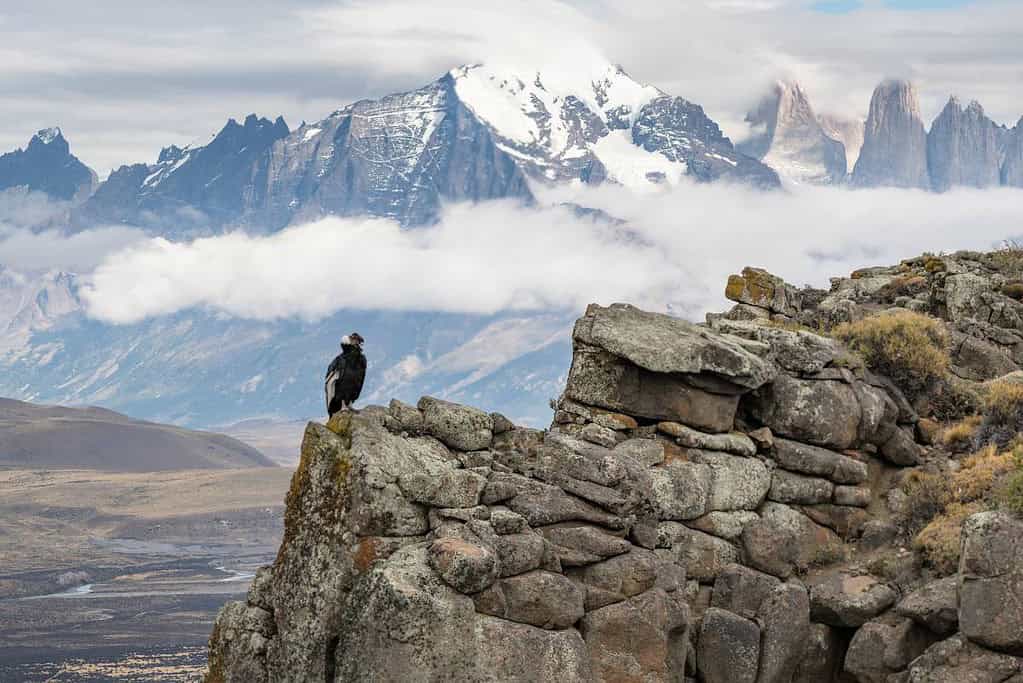
Is a UNESCO World Heritage site located in Colombia. The system of roads covers over 30,000 kilometers and spans six countries in South America, including Colombia, Ecuador, Peru, Chile, Bolivia, and Argentina. The Incas built the roads over 500 years ago and served as an important communication and transportation network for the Inca Empire. The system includes stunning landscapes, such as mountains, forests, and rivers, and showcases the Inca’s impressive engineering and architectural skills. Qhapaq Ñan is a must-visit destination for anyone interested in ancient history and the natural beauty of South America.
San Agustín Archaeological Park
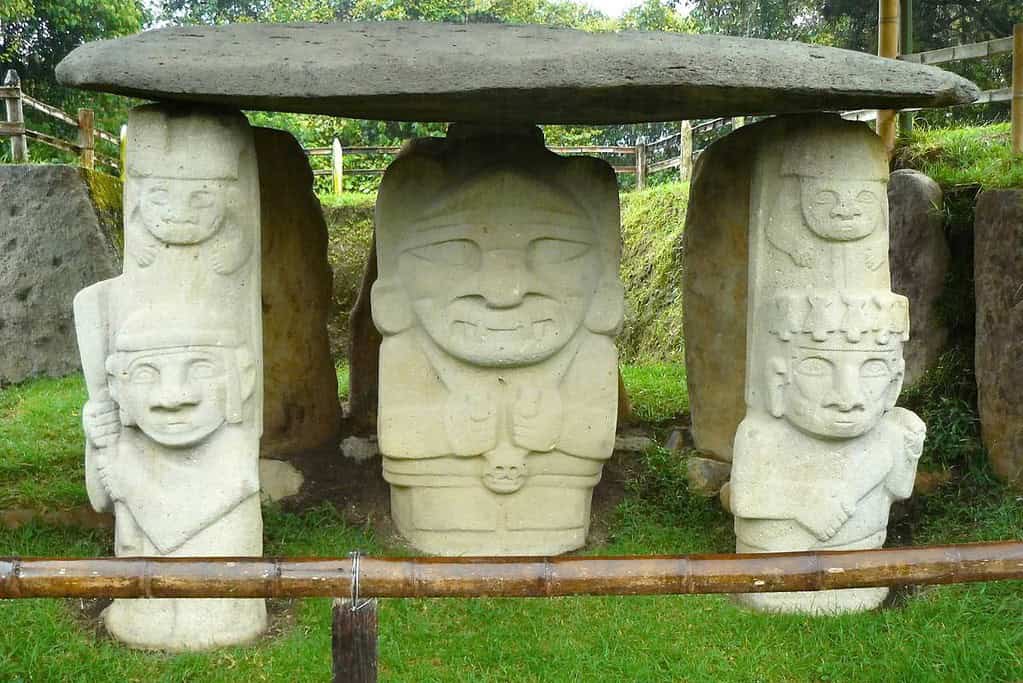
Is a UNESCO World Heritage site located in the Huila Department of Colombia. The park is home to the largest group of religious monuments and megalithic sculptures in South America and is considered one of the most important archaeological sites on the continent. The sculptures, created between the 1st and 8th centuries AD, depict various mythical and human figures and are believed to have had significant religious and cultural importance to the indigenous peoples of the region. The park also includes several other important archaeological sites, such as the Alto de los Ídolos and the Alto de las Piedras, which offer additional insights into Colombia’s pre-Columbian history and culture. The San Agustín Archaeological Park is a must-visit destination for anyone interested in ancient history and archaeology.
Los Katíos National Park
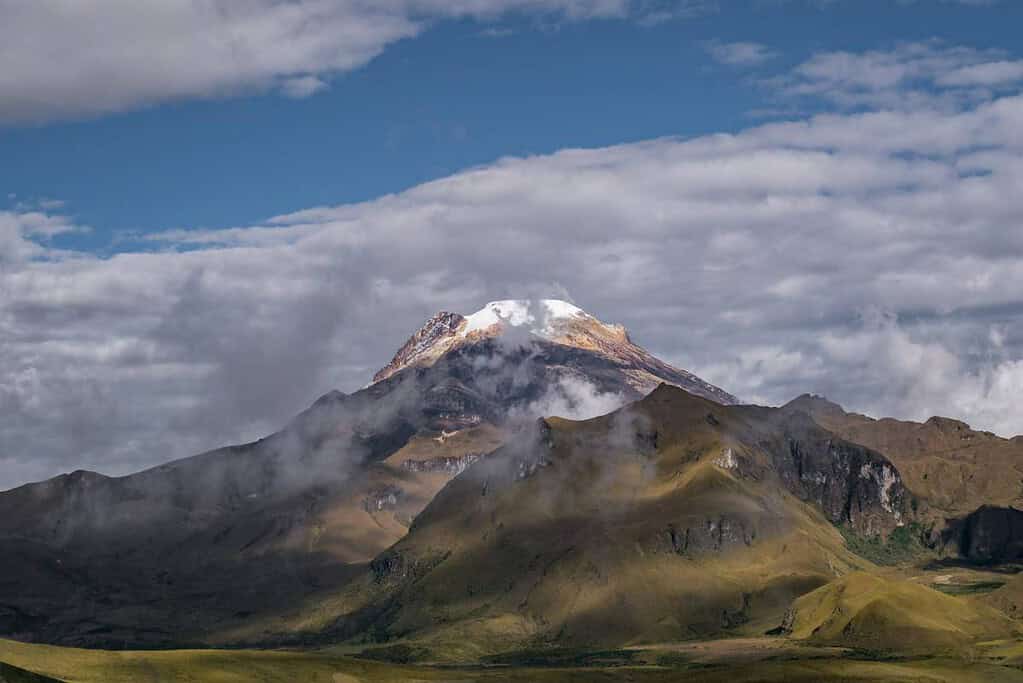
Los Katíos National Park is a UNESCO World Heritage site located in the northwest region of Colombia. The park is home to many rare or endangered plant and animal species, making it an important conservation area. The park also showcases the unique cultural heritage of the indigenous peoples who have lived in the region for centuries. Visitors to the park can explore its diverse landscapes, including rainforests, swamps, rivers, and mountains, and witness the incredible biodiversity within its borders. Los Katíos National Park is a must-visit destination for anyone interested in nature and cultural heritage.
Malpelo Fauna and Flora Sanctuary

This UNESCO World Heritage site is located in the ancient city of Sheki in Colombia. It features the well-preserved caravanserais, bathhouses, and other buildings that once made up the heart of this vital trading hub. The site’s highlight is Khan’s Palace, a stunning example of traditional Colombian architecture with intricate details and a rich history as a cultural and political center.
Chiribiquete National Park – “The Maloca of the Jaguar”
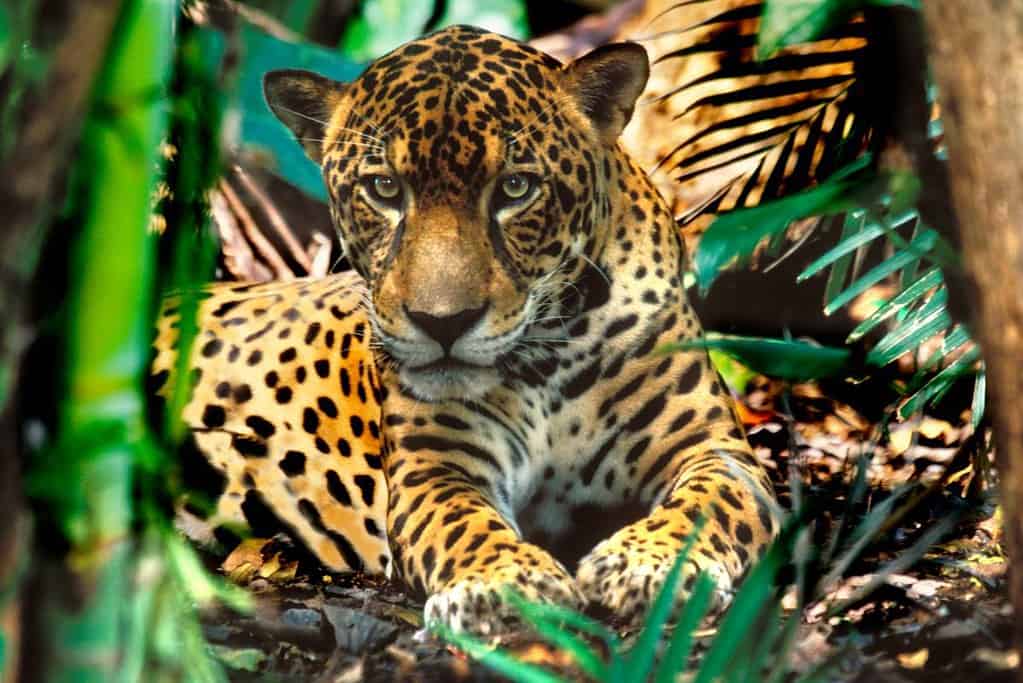
Chiribiquete National Park – “The Maloca of the Jaguar” is a UNESCO World Heritage site in the heart of the Colombian Amazon rainforest. The park is home to one of the world’s most extensive and best-preserved collections of pre-Columbian rock art. The rock art is believed to have been created by the region’s ancient inhabitants and depicts human and animal figures, geometric shapes, and other designs. The park is also home to a wide variety of plant and animal species, including jaguars, tapirs, and several species of monkeys. The park’s unique culture, biodiversity, and stunning natural beauty make it a must-visit destination for anyone interested in exploring the Amazon rainforest.
Colombia UNESCO tentative list
- Seaflower Marine Protected Area (MPA)
- Canal del Dique – Dike Canal
- University City of Bogotá
- Pre-Hispanic Hydraulic System of the San Jorge River
- Tayrona and Sierra Nevada de Santa Marta National Parks and their Archaeological Sites
- Catholic Doctrine Temples
- United Fruit Company Infrastructure
- South of Ricaurte Province
- Puente de Occidente (Western Bridge)
- Cultural Landscape of the Vernacular Stilt Housing of Cienaga Grande de Santa Marta and of Medio Atrato
- The architectural legacy of Rogelio Salmona: an ethical, political, social and poetic manifesto
Tours in Colombia
Our choices of tours in Colombia are divided into thematic features such as Cartagena, Medellin, and the Tayrona National Natural Park Experience.
